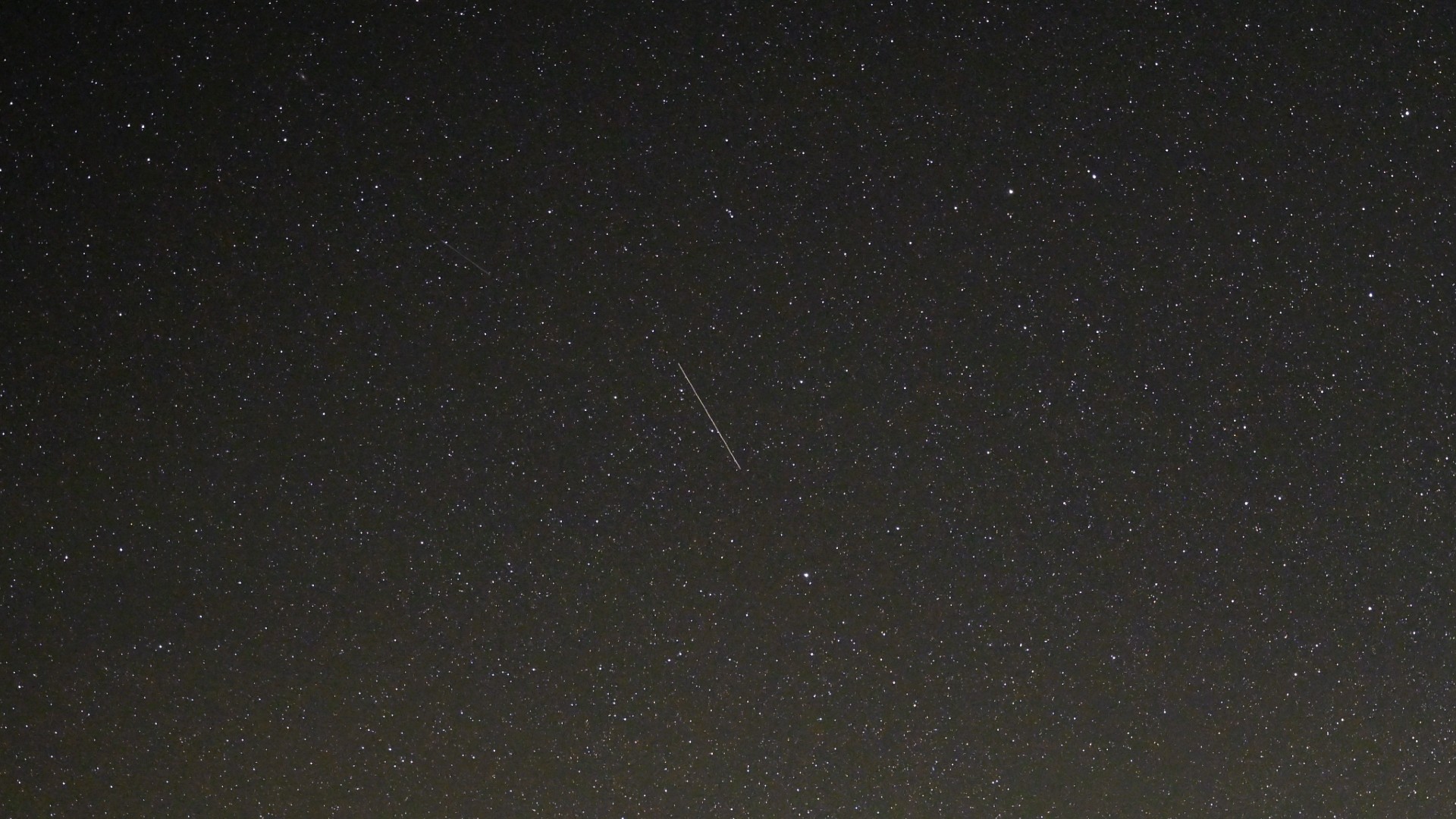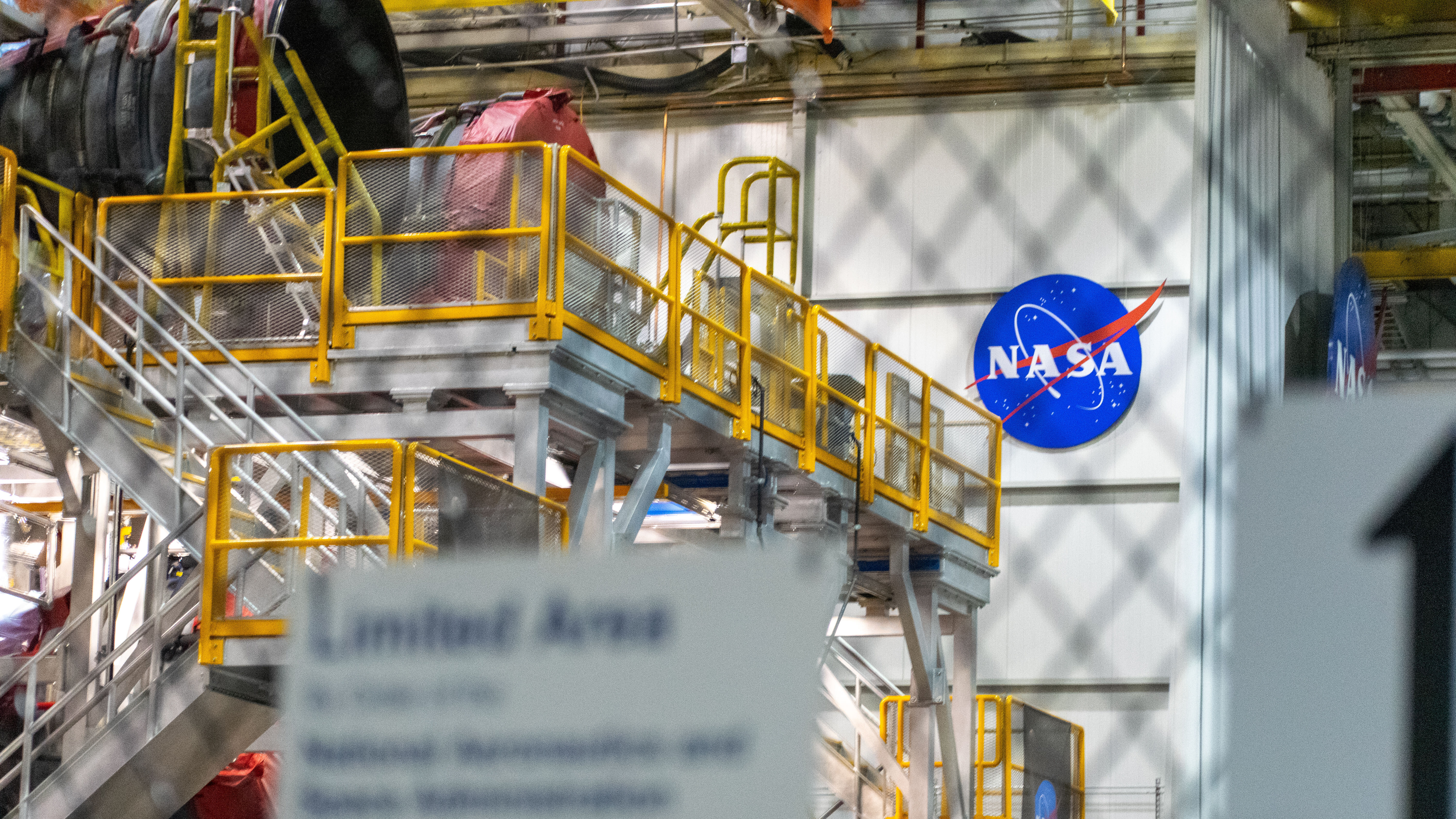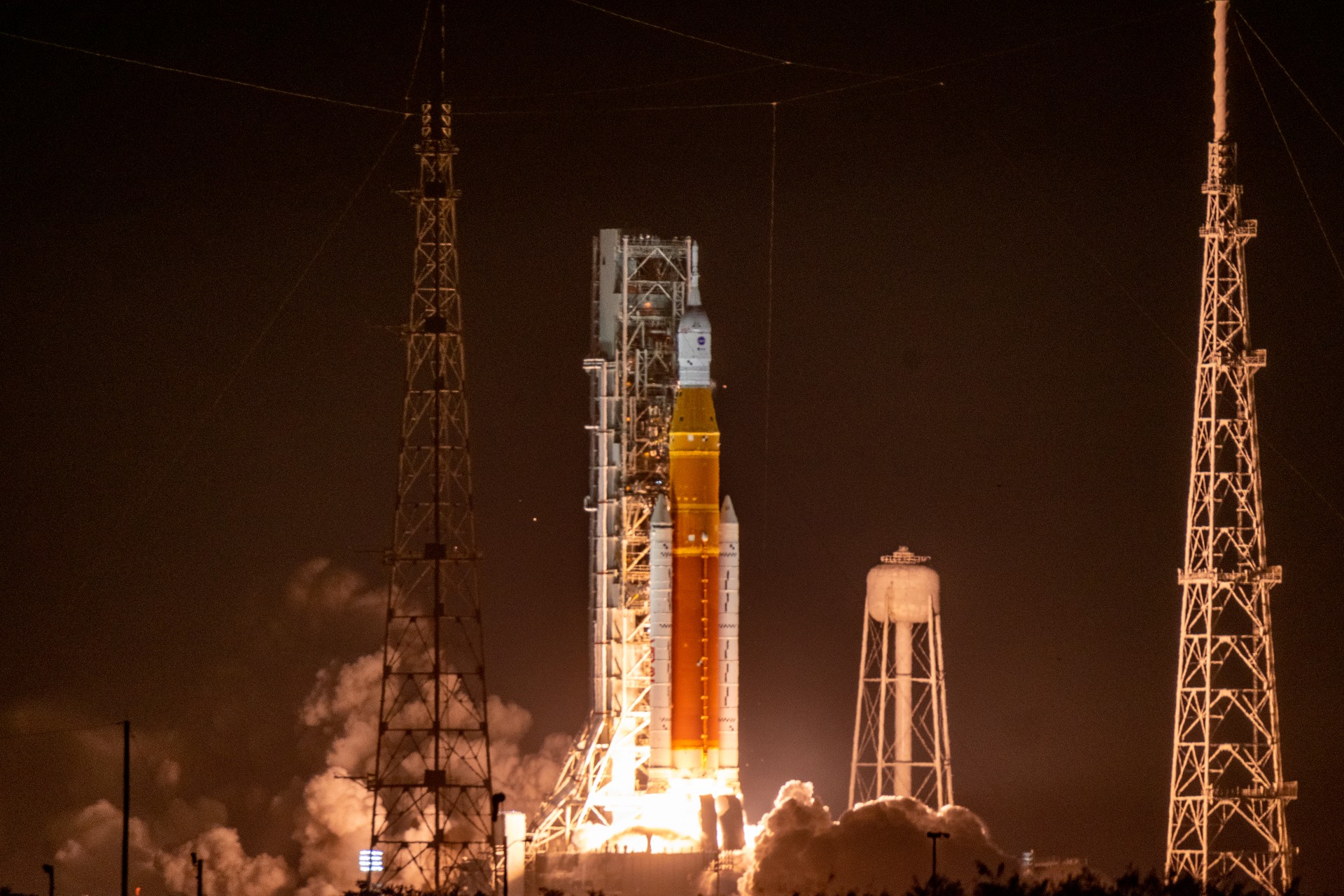A NASA probe has just spilled secrets about Jupiter and a fiery moon
NASA's Juno spacecraft has provided new insight about Jupiter's massive polar cyclones and what's going on beneath its volcanic moon Io.


At Jupiter's north pole, powerful storms the size of Australia or bigger are wrapped in 100 mph winds.
After analyzing years of data from NASA's Juno mission, scientists have observed the long-term movements of its huge polar cyclone, along with the eight others surrounding it.
Meanwhile, on Jupiter's moon Io, the most volcanically active world in the solar system, the spacecraft discovered that still-warm lava flows just beneath its crust.
These are some of the new eye-opening observations Juno has made while orbiting the gas giant planet, some 544 million miles away in space. The findings, presented at the European Geosciences Union General Assembly meeting in Vienna this week, should help scientists better understand how planets and moons cycle heat inside them — something that affects weather, volcanic activity, and even how surfaces change over time.
"As Juno’s orbit takes us to new regions of Jupiter’s complex system, we’re getting a closer look at the immensity of energy this gas giant wields," said Scott Bolton, principal investigator of Juno, in a statement.

The team is also learning about Io's energy. A volcanic eruption discovered during Juno's flyby in late December 2024 — the most energetic in the moon's history — was still spurting lava and ash as of March 2. Scientists think it's likely still going strong today.
One of the big surprises: Despite the moon's cooled crust, the data shows Io maintains liquid hot lava just below the ground. In fact, about 10 percent of the surface has lava underneath it. That may have something to do with how Io keeps its surface looking so new.
"Io’s volcanoes, lava fields, and subterranean lava flows act like a car radiator," said Shannon Brown, a Juno scientist, in a statement, "efficiently moving heat from the interior to the surface, cooling itself down in the vacuum of space."
On one of Juno's recent trips around Jupiter, the spacecraft — which has been orbiting the planet since 2016 — used so-called "radio occultation" to send a signal through Jupiter’s thick atmosphere and measure how the waves bent. From this, they learned that the air at the north pole is about 20 degrees Fahrenheit colder than the areas around it.
Unlike Earth's hurricanes, which usually form near the equator and break up as they migrate closer to the poles, Jupiter’s storms loiter at the poles in what seems to be a grand display of organized chaos: The cyclones ping off each other, stabilizing the entire configuration, and slowly rotate in lockstep around a large central storm.

Jupiter, which has no solid surface, is quite different from our home planet, but researchers say studying its weather, internal activity, and system of moons can actually help scientists better understand Earth. It's an enormous natural laboratory, where researchers can see extreme versions of processes that also happen here.
Scientists have created computer models that simulate weather and climate, based on laws of physics that govern all planets. By watching wind, heat, and pressure at play on Jupiter, scientists can improve their understanding of weather systems generally and ensure the accuracy of those models.
Juno is expected to swing by Io again on May 6. The spacecraft will pass within 55,000 miles of the moon, allowing scientists to know whether that massive eruption indeed continues.
"One of the great things about Juno is its orbit is ever-changing, which means we get a new vantage point each time as we perform a science flyby," Bolton said. "We’ve built Juno like a tank and are learning more about this intense environment each time we go through it."






































































